When it comes to transportation logistics and freight shipping, the dimensions of the trailer you choose can significantly impact efficiency, cost, and compliance with regulations. One of the most commonly used trailer sizes in the United States is the 53-foot trailer. In this comprehensive guide, we will explore the dimensions, specifications, and variations of the 53-foot trailer, alongside its implications for cargo, regulations, and operational excellence.
The Standard Dimensions of a 53-Foot Trailer
Overall Length and Width
A 53-foot trailer typically measures 53 feet in length, as the name implies. The standard width for such trailers is 102 inches (or 8.5 feet). This measurement is crucial as it allows the trailer to fit comfortably within the legal limits for road travel in most states, ensuring it adheres to the requirements set by the Department of Transportation (DOT).
| Attribute | Measurement |
|---|---|
| Length | 53 feet |
| Width | 102 inches (8.5 feet) |
| Height | Typically 13.5 feet |
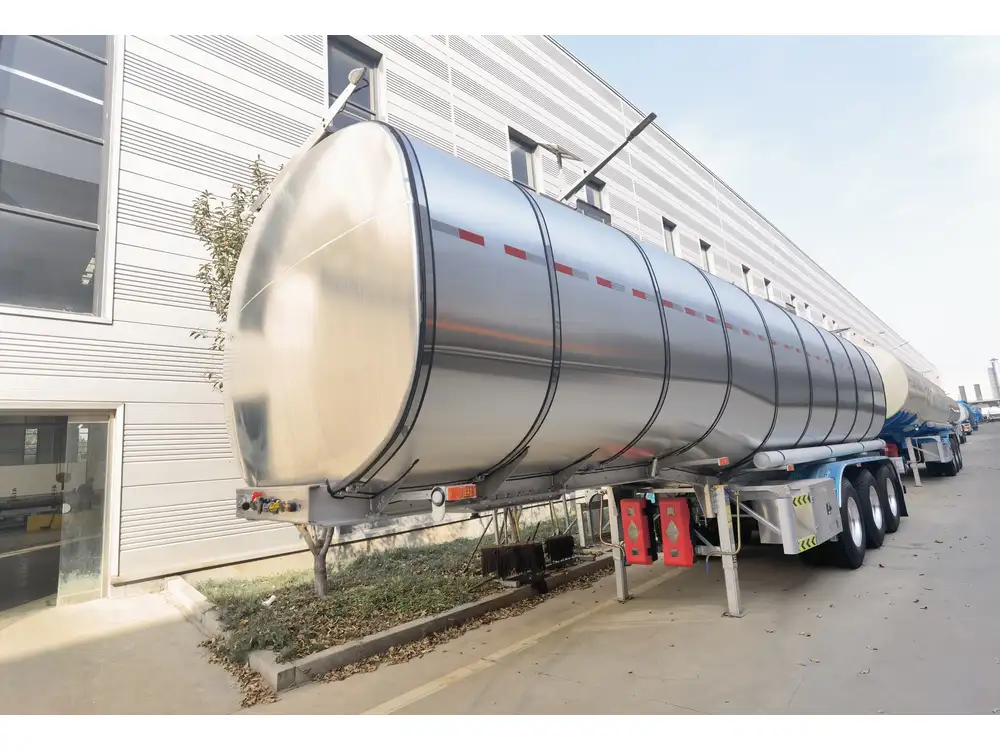
Height Specifications
The standard height for a 53-foot trailer is usually around 13.5 feet. This height is crucial for navigating under bridges and overpasses, a consideration that can’t be overlooked in logistics planning. Ensuring compliance with height restrictions can prevent costly delays and road hazards.
Interior Dimensions and Usability
Understanding the interior dimensions of the trailer is equally important. While the exterior dimensions set the boundaries, the usable space is critical for efficient cargo management.
Cargo Space
The floor space of a 53-foot trailer is approximately 3,700 cubic feet. This considerable volume allows for substantial freight loads, making the trailer highly versatile for various shipping needs.
| Interior Attribute | Measurement |
|---|---|
| Cargo Length | 53 feet |
| Cargo Width | 96 inches (8 feet) |
| Cargo Height | 110 inches (9.17 feet) |

Loading Capacity
The typical weight capacity for a 53-foot dry van trailer is around 45,000 to 48,000 pounds.
| Weight Capacity | Measurement |
|---|---|
| Maximum Load | 45,000 – 48,000 lbs |
It’s essential for operators to be aware of this capacity as exceeding it can lead to significant fines or damages to the trailer or cargo.
Types of 53-Foot Trailers
Understanding the specific variations in 53-foot trailers can help shippers make informed decisions based on their cargo requirements.
Dry Van Trailers
The most common form of 53-foot trailer, dry vans offer protection against the elements and are suitable for a wide range of products, including packaged goods and retail items.
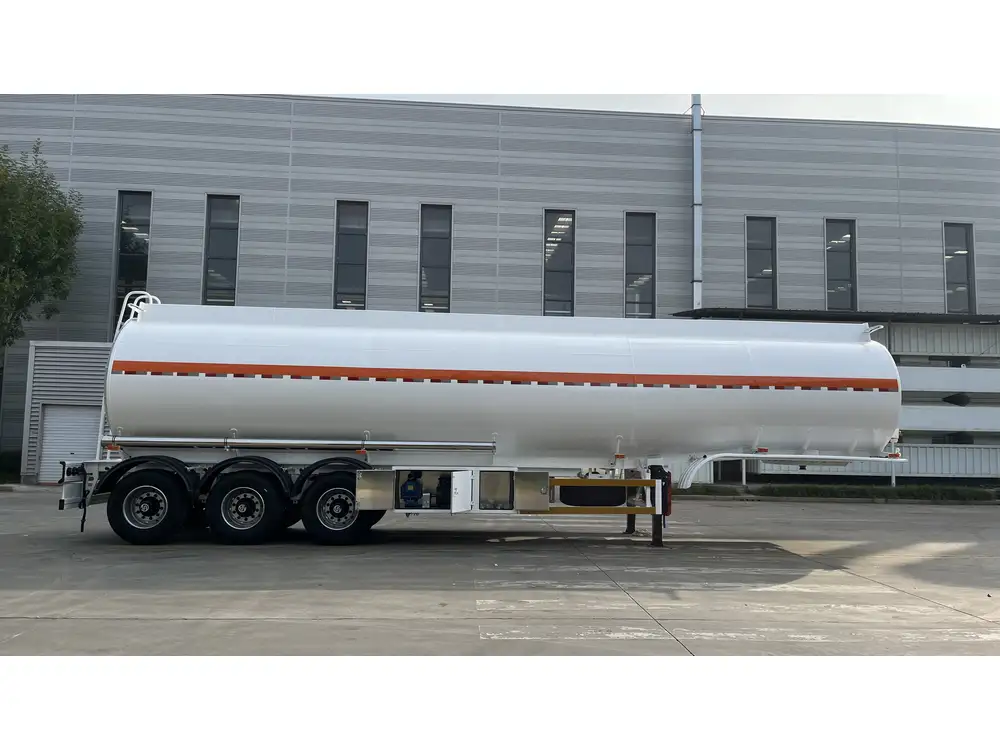
Refrigerated Trailers (Reefers)
These trailers are designed with temperature controls, making them ideal for perishable goods, pharmaceuticals, and sensitive products that require a specific temperature range.
Flatbed Trailers
Flatbeds, while usually not enclosed, can be specially configured to 53-foot lengths. These trailers are ideal for heavy equipment and large items that do not require protection from the weather.
Specialty Trailers
These could include lowboys for high cargo or enclosed car hauliers. Specialty trailers can cater to unique cargo specifications, enhancing flexibility in transportation solutions.
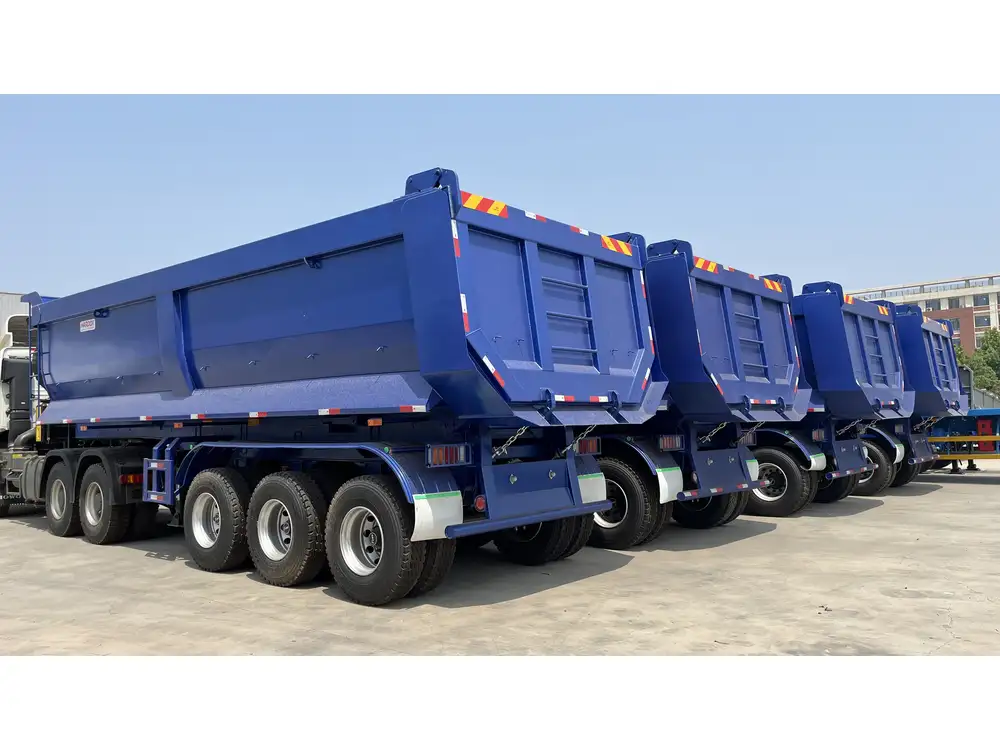
Regulatory Considerations
Navigating the complexities of federal and state regulations is vital for successful trailer operation. Understanding the legal limits for weight, width, and height can safeguard against penalties.
Federal Regulations
According to the Federal Highway Administration (FHWA), the legal highway limits for width are generally 102 inches and 13.5 feet for height. However, some states may have unique rules, which could necessitate research before transporting freight across state lines.
State Regulations
Knowing the specific regulations of each state traversed during transportation is crucial. Different states may impose additional requirements or restrictions, such as permits for oversized loads. Engaging local transportation authorities or utilizing regulatory resources can streamline operations.
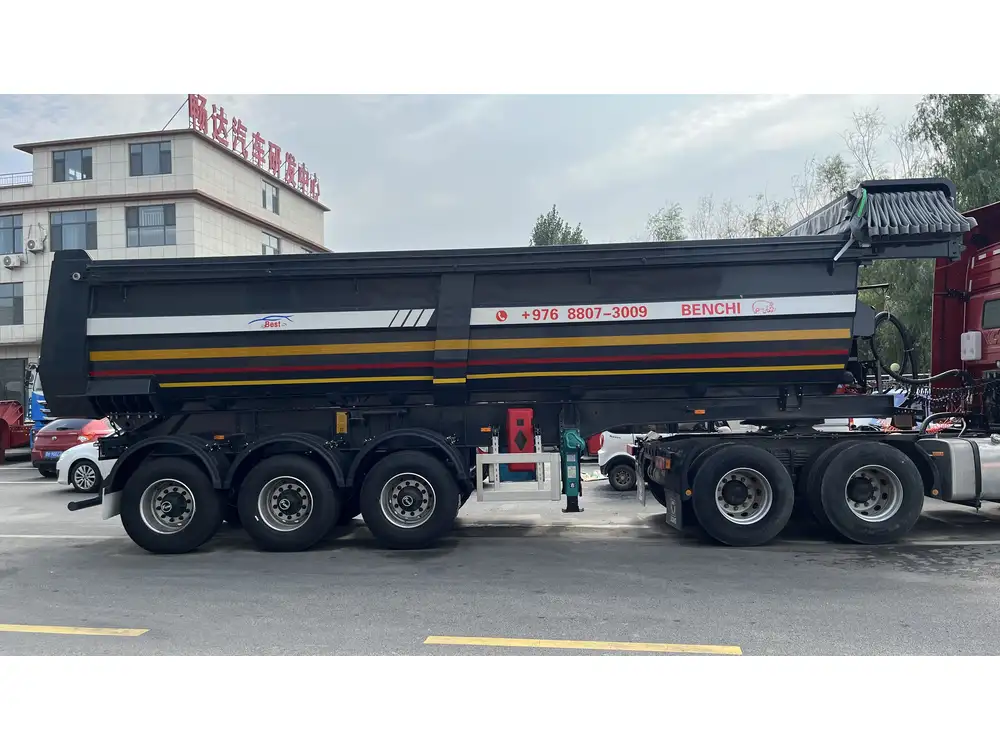
Best Practices for Loading a 53-Foot Trailer
Efficient loading is critical to maximizing trailer capacity while ensuring safety. Below are best practices to consider when loading cargo into a 53-foot trailer.
Load Distribution
Proper load distribution is vital for balance and safety during transit. This includes ensuring that heavier items are positioned lower and towards the front of the trailer.
| Best Practice | Description |
|---|---|
| Weight Distribution | Heavier loads at the front, lighter toward the back |
| Cargo Securing | Straps, chocks, and load bars ensure cargo does not shift |
Securing the Load
Adequate securing methods—such as using straps or lock mechanisms—are essential for preventing cargo movement. Regular monitoring during shipment can ensure continued safety.
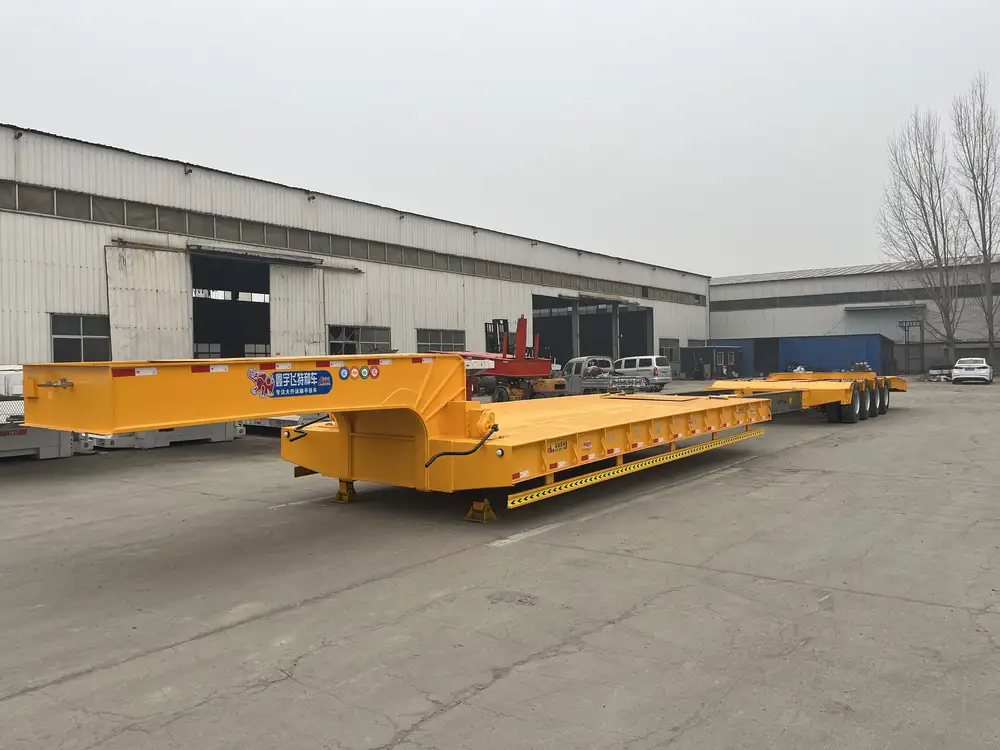
Utilization of Space
Maximizing available space may include stacking boxes or using pallets that fit the interior dimensions well. Foam padding or corner protectors can prevent damage to both cargo and trailer.
Conclusion: The Impact of 53-Foot Trailers on Freight Transportation
In conclusion, 53-foot trailers play a pivotal role in the logistics industry. Their dimensions allow for optimal cargo transport, making them a favorite among freight companies. Understanding the trailer’s specifications, types, regulatory constraints, and best practices for loading can significantly enhance operational efficiency.
As users search for details surrounding “how wide is a 53 trailer,” it becomes imperative to highlight the breadth of logistical knowledge necessary for effective transportation management. From understanding legalities to optimizing loading techniques, this comprehensive overview provides a solid foundation for making informed decisions that will propel logistics operations towards success.
Tailoring strategies around these insights can lead to increased customer trust, better compliance with regulations, and ultimately, higher profitability. Leveraging the specifics of 53-foot trailers and innovating around transport strategies will continue to shape the future of the freight industry.



